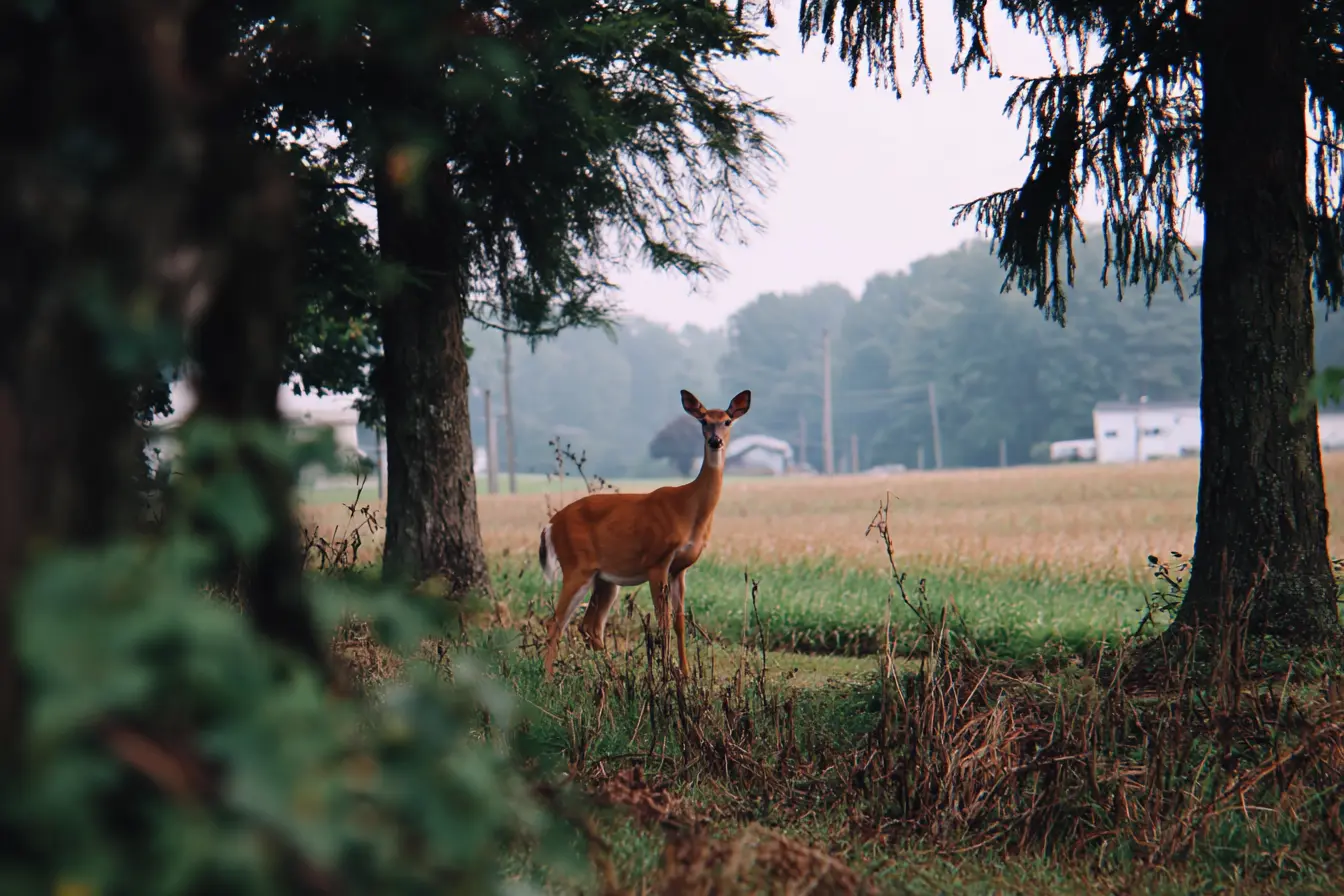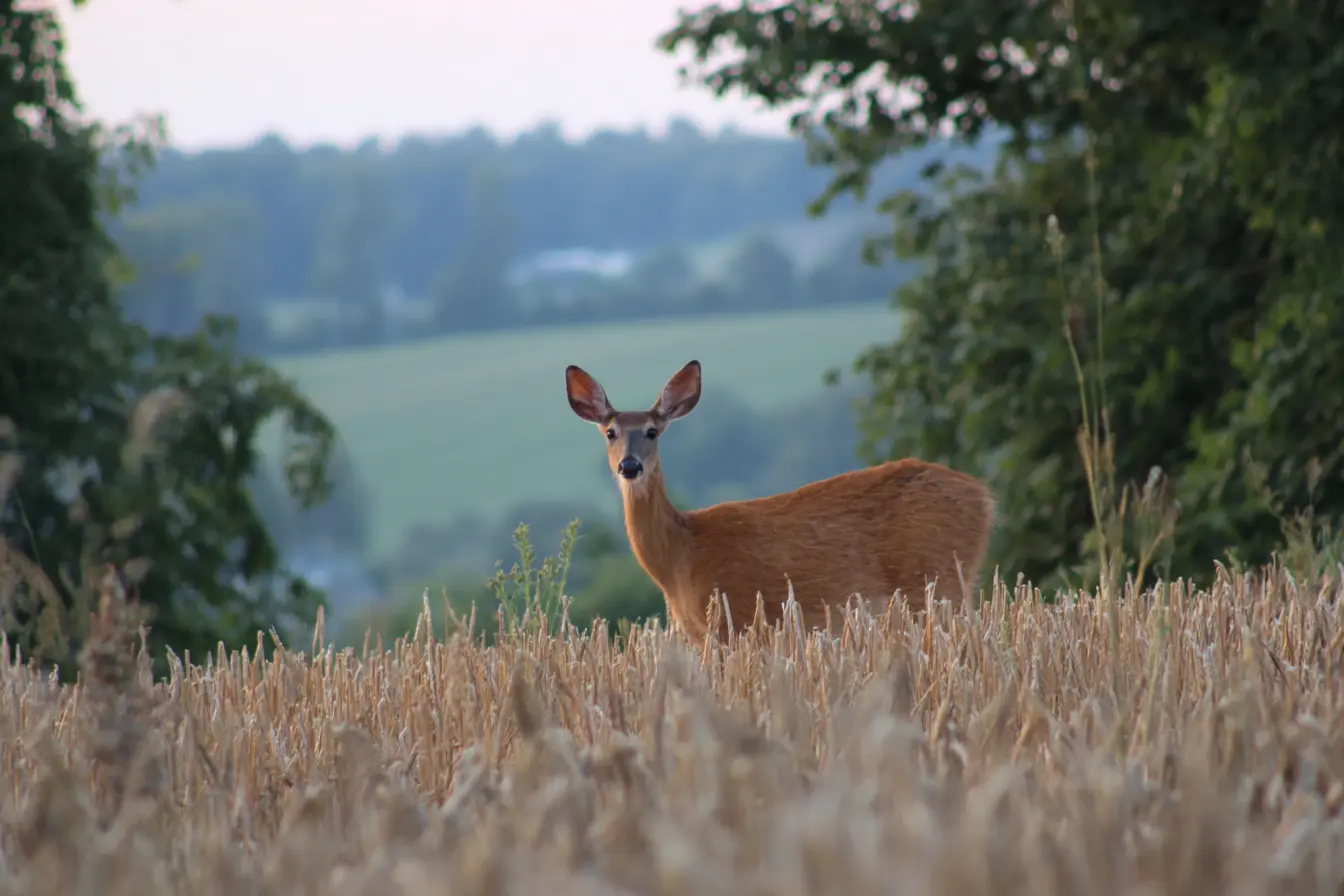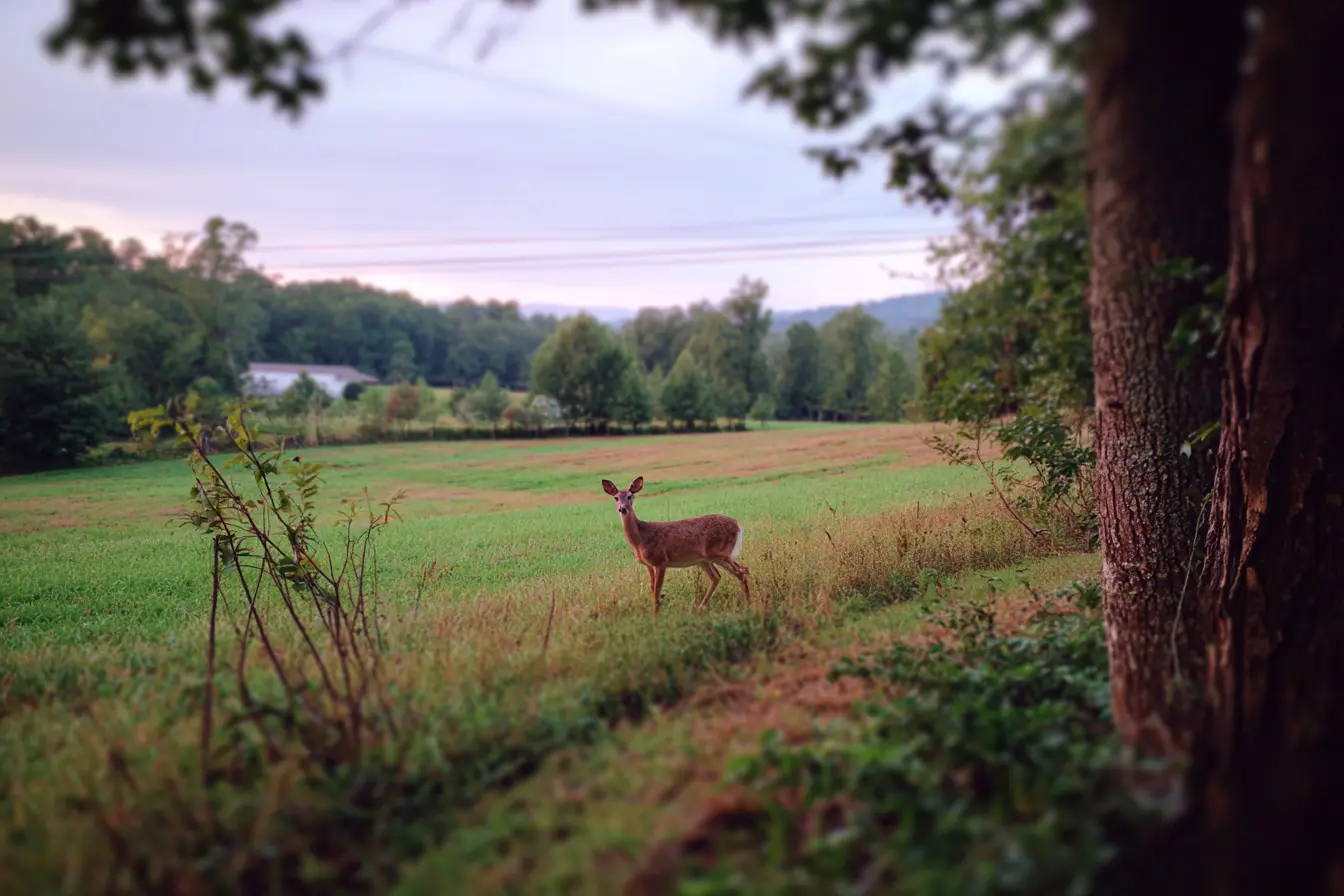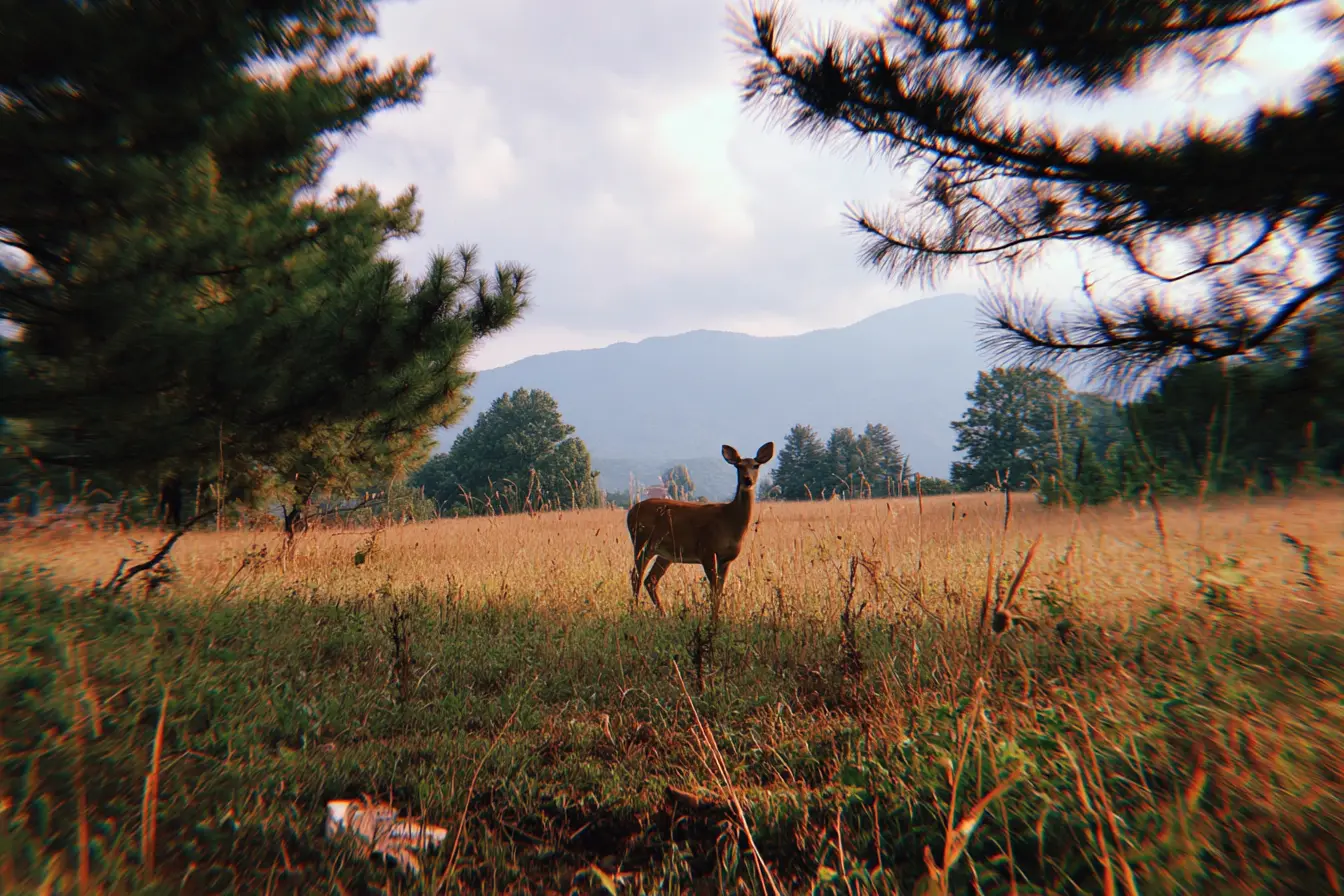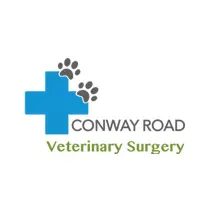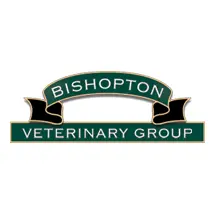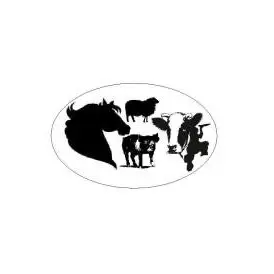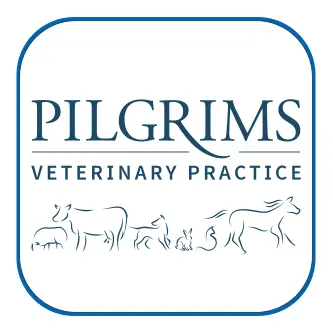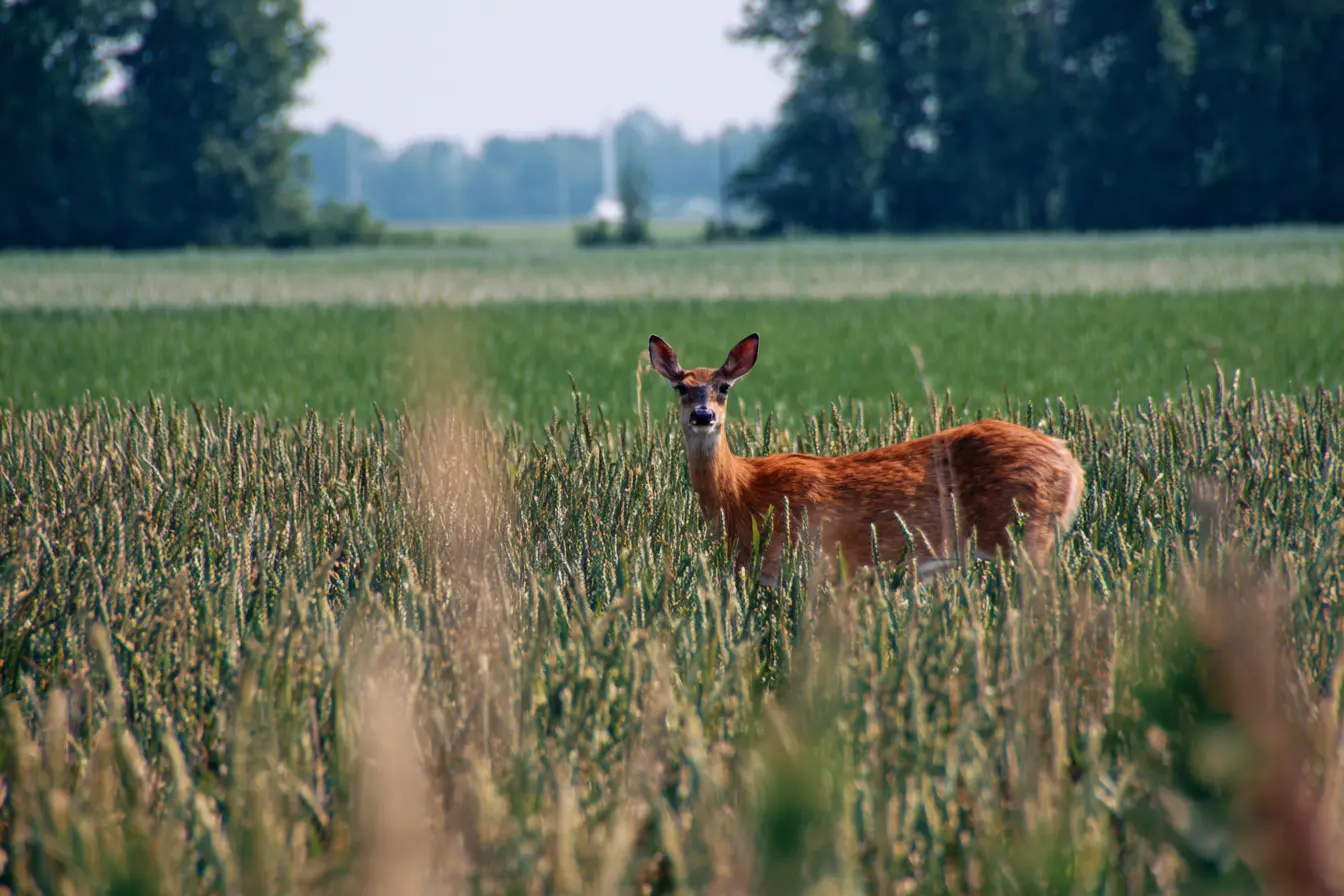
Managing Deer in the UK: Challenges and Opportunities for Farmers
The rolling green fields and ancient woodlands of the British countryside provide an idyllic backdrop for rural life, but they also create the perfect habitat for a growing population of wild deer. While these graceful animals have long been part of the UK’s landscape, their burgeoning numbers present significant challenges to the farming community. In this post, we’ll take a closer look at how deer interact with agriculture in the UK, the problems they can cause, the practical steps farmers can take to manage them, and the broader strategies being developed to find a balanced solution.
A Growing Population and Changing Landscape
Deer populations in the UK have reached levels not seen in over a thousand years. From red and roe deer in Scotland and northern England to muntjac and Chinese water deer in the south and east, these animals are now a common sight across the countryside. Warmer winters, a lack of natural predators, and an abundance of suitable habitat have all contributed to this rise.
For farmers, these changes have brought deer into closer contact with agricultural land. While many appreciate the beauty of these animals, the reality is that deer can be a costly presence on farms.
Crop Damage: A Hidden Cost
One of the most immediate and obvious impacts of deer on agriculture is crop damage. Deer feed on a wide range of plants, including cereal crops like wheat and barley, root crops, and even high-value horticultural produce such as fruit and vegetable crops.
The damage can be particularly severe in the spring and early summer, when young shoots and seedlings are most vulnerable. Deer grazing can stunt crop growth, reduce yields, and even lead to complete crop failure in worst-case scenarios. In some areas, farmers report losing significant portions of their crops to deer, with financial losses that can run into tens of thousands of pounds each year.
Livestock Farming and Indirect Effects
Deer can also have indirect effects on livestock farming. In some cases, they damage fences and gates as they move between habitats, creating biosecurity risks by providing access points for other wildlife. Additionally, in areas where deer and livestock share pasture, there are concerns about the potential for disease transmission.
Deer droppings can introduce parasites such as liver fluke, which affects the health and productivity of grazing livestock like sheep and cattle. Although these risks are generally lower than the direct impact of crop damage, they add another layer of complexity to farm management.
Habitat and Conservation Challenges
The browsing behaviour of deer doesn’t just affect crops. On many farms, hedgerows and small woodlands play a vital role in providing shelter for livestock, stabilising soil, and supporting biodiversity. Deer grazing can prevent the regeneration of these important habitats, leading to long-term changes in the farmed landscape.
This not only has implications for biodiversity, but can also affect the farm’s ability to access certain environmental subsidies that rely on maintaining or enhancing natural habitats.
What Farmers Can Do: Practical Deer Management Strategies
Faced with these challenges, farmers have a range of practical options to help manage deer and protect their livelihoods:
Assess the Deer Problem
Before taking action, it’s essential for farmers to:
- Identify which species are present and understand their behaviours.
- Record damage to crops, woodlands or fencing.
- Monitor deer movements by looking for tracks, droppings and feeding signs, especially around vulnerable crops and habitats.
Physical Barriers and Exclusion
One of the most effective ways to reduce deer damage is through physical barriers:
- Deer-proof fencing: High fences (often 1.8–2.4 metres tall) can keep deer out of vulnerable fields and plantations. This is most practical around high-value crops or sensitive habitats.
- Temporary fencing: Electric fencing can sometimes deter smaller deer species like muntjac.
- Tree guards and tubes: In woodlands or hedgerows, individual tree protection can help young trees grow without being browsed.
Habitat Management
Managing habitats can help reduce the attractiveness of farmland to deer:
- Creating open rides and glades in woodlands can alter deer movement patterns.
- Planting buffer strips with less palatable crops or leaving unharvested margins can help redirect deer away from valuable areas.
Population Control through Culling
Regulated culling is an important tool for managing deer numbers:
- Farmers can work with professional deer managers or stalkers to ensure culling is carried out humanely and effectively.
- Collaborating with neighbours or local deer management groups can help manage deer populations across larger areas.
- In some cases, trained dogs are used to track injured animals, ensuring humane outcomes.
Diversification and Venison Production
Some farmers see the deer population as an opportunity:
- Selling venison, a healthy and sustainable meat, can turn a challenge into an income stream.
- Developing a game management plan that balances conservation with income can provide long-term benefits.
Record-Keeping and Compliance
- Accurate records of culling and deer sightings help with population management and legal compliance.
- All deer management activities must adhere to the Wildlife and Countryside Act and other relevant laws.
Stay Informed and Engage with Policy
- Keeping up to date with policy developments, such as Defra’s national deer strategy, can help farmers plan effectively.
- Joining organisations like the British Deer Society, National Farmers’ Union or local deer management groups can provide valuable support and resources.
Looking Ahead: Finding a Sustainable Balance
Deer are an integral part of the UK’s rural identity, and their presence enriches the countryside in many ways. But with populations at record highs, it’s clear that effective management is essential to ensure they do not jeopardise the sustainability of British agriculture.
By combining practical on-farm measures with coordinated national policies, there is an opportunity to find a balance—one where deer and farming can coexist, each enhancing the character and health of the British landscape.
The key to success will be collaboration between farmers, conservationists, policymakers and communities. In doing so, we can ensure that deer remain a valued part of our countryside, without compromising the livelihoods of those who work the land.
Related Vets
Vets near you
Speciality vets
- Aquatics vet specialists
- Birds vet specialists
- Camelids vet specialists
- Cats vet specialists
- Cattle vet specialists
- Deer vet specialists
- Dogs vet specialists
- Equines vet specialists
- Exotic vet specialists
- Goats vet specialists
- Pigs vet specialists
- Poultry vet specialists
- Sheep vet specialists
- Small Mammals vet specialists
- Wild vet specialists
